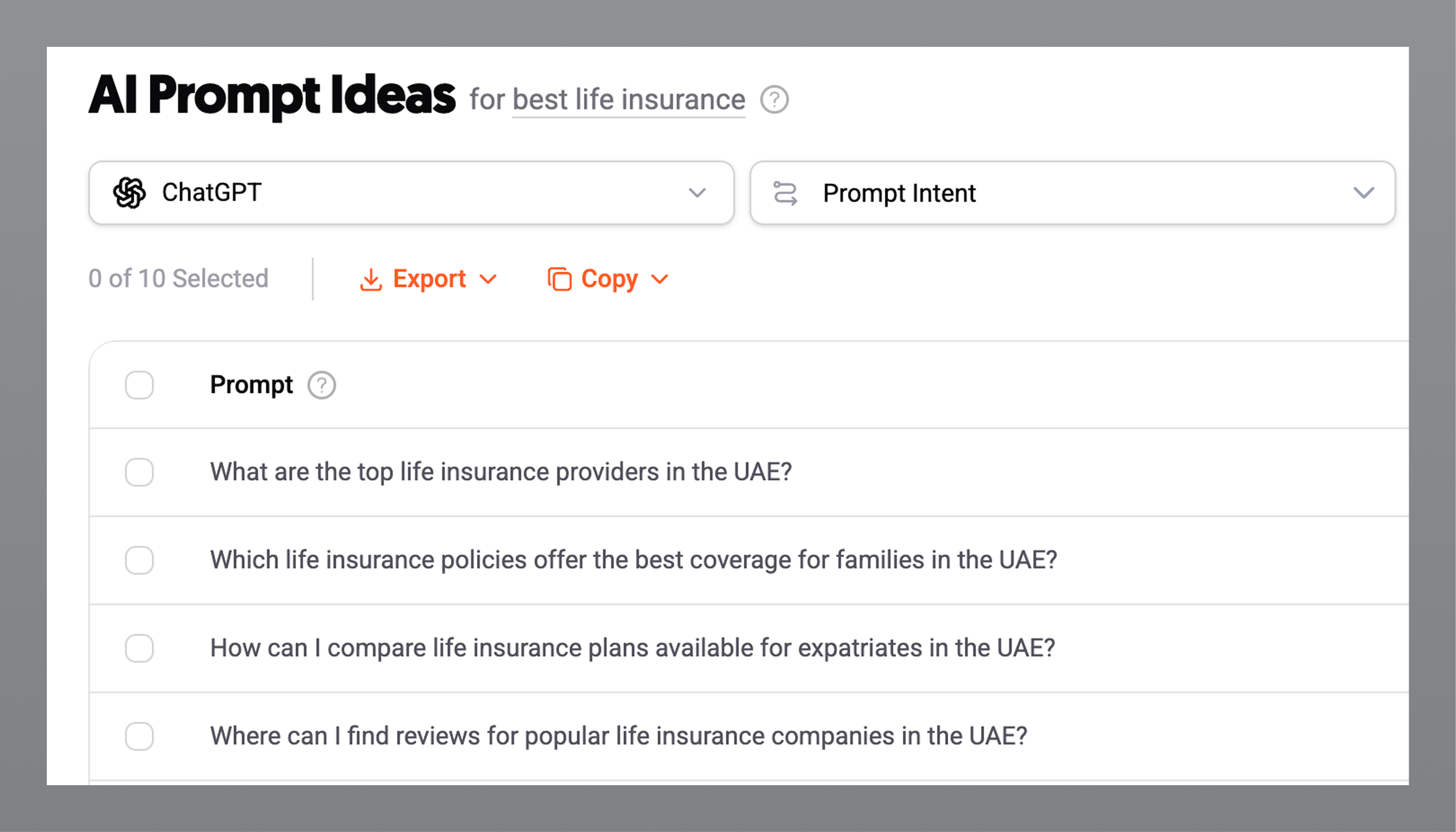How Can I Optimize My Website to Rank Higher on AI-Powered Search Engines?
Learn how to optimize your website for AI-powered search engines using AEO and GEO. A detailed strategy to help UAE businesses appear in ChatGPT, Perplexity, Gemini, and Google AI results.

SEO is no longer just about ranking on Google. The rise of AI-powered engines such as ChatGPT, Perplexity, Gemini, Copilot, and Google’s AI Overview has changed how information is discovered online. These tools do not crawl and rank pages the way traditional search engines do. Instead, they interpret meaning, extract answers, identify context, and validate authority through structured reasoning. As a result, keyword-stuffed content no longer works. AI needs clarity, structure, short factual segments, and reliable sources.
This is where AEO (Answer Engine Optimization) and GEO (Generative Engine Optimization) come into play. They represent the new rules for visibility inside AI answers. Over the past year, I have built a complete system that helps my clients show up not only on Google Search, but inside AI-generated responses. Below is the full, detailed method.
1. Start With a Complete AI Visibility Audit
The first step is understanding how AI engines currently interpret your content. I begin by manually testing your brand across ChatGPT, Perplexity, Gemini, and Google’s AI Overview. This reveals whether your business appears in AI citations, which queries trigger your presence, and what information AI pulls from your site.
At the same time, I evaluate the structural clarity of your content. AI systems prefer well-organized sections, clean semantic HTML, meaningful headings, and pages that present answers directly. This initial audit acts as your baseline and shows what needs to be fixed, rewritten, or restructured.

2. Replace Traditional Keyword Research With AI Prompt Research
The biggest shift in the AI era is that people do not search using fragmented keywords anymore. They ask full natural-language questions. Instead of “digital agency Dubai,” real users ask: “What is the best digital marketing agency in Dubai for small businesses?” or “How do I choose a Webflow agency in the UAE?”
To adapt to this, I collect real AI prompts from multiple sources, including Perplexity question clusters, Google AI Overview follow-up queries, Ubersuggest’s prompt ideas, and direct testing inside chatbots. These prompts become the foundation for your content: blog topics, FAQ blocks, service-page explanations, and short extracts designed for AI to lift easily. This approach aligns your website with how users now interact with AI systems.

3. Write Content AI Can Lift Instantly
AI engines pull answers, not full articles. To rank inside AI, every page must contain short, direct, factual paragraphs that answer specific questions clearly. When I create or rewrite content, I ensure every answer is structured with a direct response first, followed by a short explanation, a quick example, and a Dubai- or UAE-specific angle.
For example, if someone asks how to choose a marketing agency in Dubai, the answer might highlight the need for bilingual experience, proven case studies, clear deliverables, and familiarity with sectors like hospitality and real estate. This format is simple for AI to extract and cite, which increases your chances of appearing inside generative results.
4. Use Webflow to Build a Structure AI Understands
One of the biggest advantages my clients have is Webflow. AI engines prefer websites with clean HTML, fast loading, proper hierarchy, and a clear DOM structure. Webflow naturally supports this. I use Webflow’s CMS to build tightly connected clusters, apply semantic headings properly, organize content into meaningful containers, and eliminate structural noise that confuses AI parsers.
I also implement schema markup for articles, FAQs, local businesses, and services. More importantly, I upload an llms.txt file. This is the new “index file” for large language models. It tells AI which pages contain answers, which sections matter, and how your content should be interpreted. This step alone gives you a major advantage in the new search landscape.
5. Build AEO Clusters Using a Structured Maturity Model
To scale visibility, I use an AEO maturity model that progresses from basic keyword targeting to full authority building. At the lowest level, the focus is traditional keywords. At the next level, content transitions into well-written answers. From there, it becomes more structured and supported by internal linking, CMS clustering, and refined layout. At the highest level, your site becomes a trusted authority that AI engines repeatedly reference.
Most companies never reach this level because they write generic blogs with unclear formatting. When we rebuild your content using this model, your site becomes significantly more appealing to LLMs, making you far more likely to be selected as a citation.

6. Optimize Social Media for AI Retrieval
Most businesses still think social media only helps with engagement. In reality, AI engines read Instagram captions, LinkedIn posts, TikTok descriptions, and YouTube titles. They extract context just as they do from websites. This is why we no longer rely on hashtags. Instead, we write captions using clear, search-ready sentences that AI systems can interpret.
For example: “Best branding services in Dubai for startups” or “How to improve your Webflow website speed.” These structured sentences help AI engines understand your expertise and map your content to relevant prompts. This strengthens your GEO footprint and increases your authority across multiple platforms.

7. Strengthen Authority Through High-Quality Directories
Backlinks remain important, but AI engines prioritize trust sources. Structured UAE directories, industry-specific listings, niche review platforms, and authoritative category sites act as validation points for your business. When your brand appears in multiple trusted directories, AI engines gain more confidence in citing you.
This improves SEO, AEO, and GEO at the same time. It also creates a broader network of verified mentions that AI systems can rely on when generating answers.
8. Monitor AI Visibility Continuously
AI search evolves weekly. Unlike traditional SEO, AEO is not a “set it and forget it” strategy. Every month, I recheck your citations, analyze how AI tools interpret your pages, update outdated answers, refine prompt-driven content, expand CMS clusters, adjust llms.txt, and introduce new structured explanations.
This continuous refinement builds credibility over time. Eventually, AI tools start recognizing your website as a reliable source, and you begin appearing in multiple generative engines consistently.
The Outcome: Visibility Beyond Google
When this system is implemented correctly, clients start showing up inside:
ChatGPT responses, Perplexity citations, Gemini summaries, Copilot references, and Google AI Overview panels.
This is the future of discovery.
Traditional SEO alone will not get you there.
AEO and GEO are the new frameworks that determine whether your brand gets recommended inside AI answers.
If You Want Your Business To Rank in AI Search
This is the exact AEO and GEO system I use for founders and marketers in Dubai and across the UAE. It combines structured writing, prompt-driven content, Webflow optimization, schema, authoritative directories, and consistent iteration.
If you want to appear inside AI search results and future-ready discovery platforms, reach out directly.
Email info@carrilagency.com or Book a 15-minute call with Carril Agency.
Let’s position your brand where the future audience already is:
More to read

How Can I Optimize My Website to Rank Higher on AI-Powered Search Engines?

Local SEO in Dubai: How to Get Your Business on Google Maps

Digital Marketing Services in Dubai


